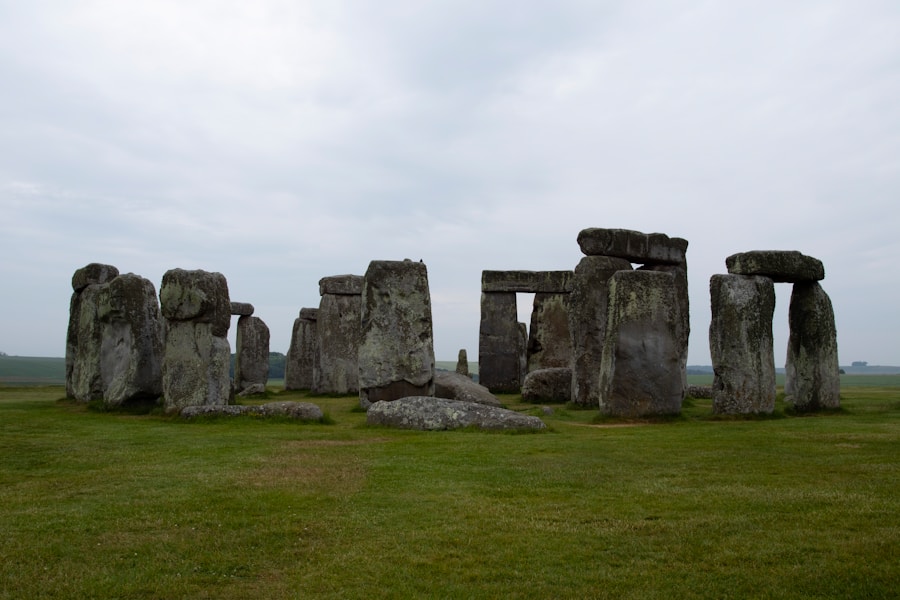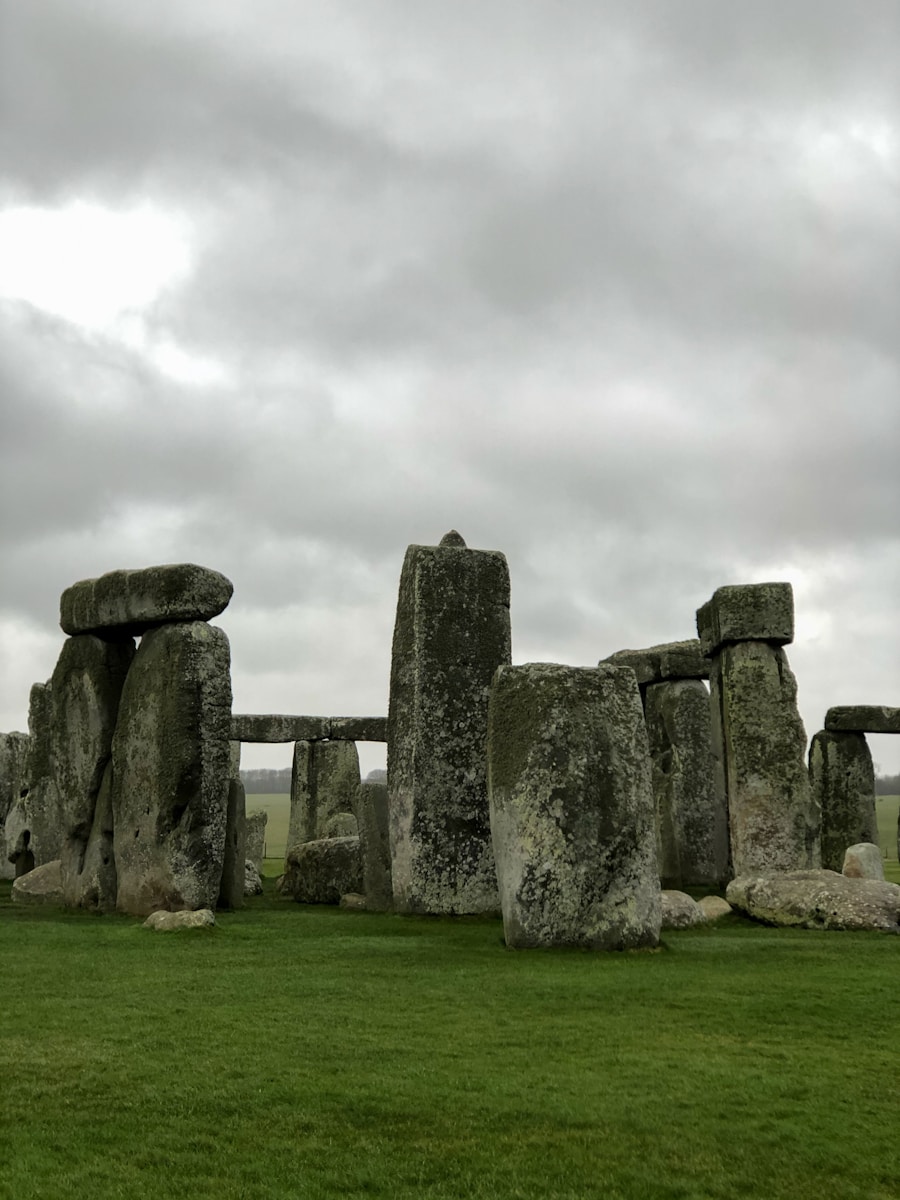Embarking on the pilgrimage of Hajj or Umrah is a profound spiritual journey that holds immense significance in the lives of Muslims. Preparing children for this experience requires thoughtful consideration and planning. The first step in this preparation is to educate them about the religious importance of the pilgrimage.
Engaging children in discussions about the rituals, history, and significance of Hajj and Umrah can help them understand the gravity of the journey they are about to undertake. Storytelling can be an effective method; recounting tales of the Prophet Ibrahim (Abraham) and his family, as well as the significance of the Kaaba, can ignite their curiosity and reverence for the pilgrimage. In addition to imparting knowledge, it is essential to involve children in the planning process.
Allowing them to participate in discussions about travel arrangements, accommodations, and itineraries can foster a sense of ownership and excitement. This involvement can also help alleviate any anxiety they may feel about the journey. Parents can create a visual itinerary or a countdown calendar to build anticipation.
Furthermore, discussing what to expect during the pilgrimage, including the physical demands and the crowds, can prepare children mentally and emotionally for the experience ahead.
Key Takeaways
- Talk to your children about the significance of Hajj and Umrah and involve them in the planning process to prepare them for the journey.
- Look for accommodations that offer child-friendly amenities and services, such as play areas, babysitting services, and kid-friendly meals.
- Pack essential items for children, including snacks, entertainment, comfort items, and necessary medications.
- Keep children safe in crowded areas by establishing a meeting point, using child harnesses, and teaching them to stay close to you.
- Manage the physical demands of Hajj and Umrah for children by ensuring they have comfortable footwear, staying hydrated, and taking breaks when needed.
Choosing Child-Friendly Accommodations
Child-Friendly Amenities
Families should prioritize child-friendly hotels or lodgings that offer amenities catering to younger guests. Proximity to the holy sites is also a significant factor; staying within walking distance of the Masjid al-Haram or Masjid al-Nabawi can minimize travel time and reduce fatigue for both parents and children.
Accommodation Options
Many hotels in Mecca and Medina provide family rooms or suites that can comfortably accommodate parents and children, ensuring that everyone has enough space to relax after a long day of worship. Moreover, it is beneficial to choose accommodations that offer services such as child care or babysitting, allowing parents some time to focus on their spiritual practices while ensuring their children are safe and entertained. Facilities like swimming pools or play areas can also provide children with opportunities to unwind after participating in the pilgrimage’s demanding activities.
Research and Reviews
Researching reviews from other families who have traveled with children can provide valuable insights into which accommodations are best suited for families, helping to make informed decisions that enhance the overall experience.
Packing Essentials for Children

When preparing for Hajj or Umrah, packing appropriately for children is essential to ensure their comfort and well-being throughout the journey. Parents should create a comprehensive packing list that includes clothing suitable for the climate, which can be hot and humid in Saudi Arabia. Lightweight, breathable fabrics are ideal, as they help keep children cool while also adhering to Islamic dress codes.
It is advisable to pack several sets of clothing, including extra pairs of socks and undergarments, as children may get dirty or sweaty during their activities. In addition to clothing, parents should not overlook packing essential items such as comfortable footwear.
A small backpack can be useful for children to carry their own water bottles, snacks, and personal items during outings. Furthermore, including a first-aid kit stocked with basic supplies like band-aids, antiseptic wipes, and any necessary medications can help address minor injuries or ailments that may arise during the pilgrimage.
Keeping Children Safe in Crowded Areas
The bustling atmosphere surrounding the holy sites during Hajj and Umrah can be overwhelming for children. Ensuring their safety in crowded areas is paramount for parents. One effective strategy is to establish a meeting point in case family members become separated amidst the throngs of pilgrims.
This designated spot should be easily identifiable, such as a specific landmark or a particular entrance to a mosque. Teaching children how to recognize this meeting point and encouraging them to stay close to their parents can significantly reduce anxiety during busy times. Additionally, equipping children with identification tags can enhance safety measures.
These tags can include the child’s name, parents’ contact information, and any relevant medical information. Some families opt for wristbands or temporary tattoos that contain this information, making it easier for others to assist if a child becomes lost. Parents should also teach their children basic safety protocols, such as not wandering off alone and recognizing trustworthy adults who can help them if needed.
Managing the Physical Demands of Hajj and Umrah for Children
The physical demands of Hajj and Umrah can be challenging for children, who may not be accustomed to long periods of walking or standing. To help manage these demands, parents should pace their activities throughout the day. Planning shorter outings with ample breaks allows children to rest and recharge without becoming overwhelmed.
For instance, after performing Tawaf around the Kaaba or completing Sa’i between Safa and Marwah, families can take time to sit down, hydrate, and enjoy light snacks before continuing with their day. Incorporating fun activities into the pilgrimage can also help keep children’s spirits high despite physical fatigue. For example, parents might organize scavenger hunts related to Islamic teachings or engage in storytelling sessions during breaks.
These activities not only provide entertainment but also reinforce the spiritual significance of their journey. Additionally, ensuring that children stay hydrated is crucial; parents should encourage regular water intake throughout the day to prevent dehydration in the heat.
Creating Meaningful Experiences for Children

To ensure that children derive meaningful lessons from their pilgrimage experience, parents should actively engage them in various rituals and activities associated with Hajj and Umrah. Involving children in acts of worship fosters a sense of connection to their faith and helps them appreciate the significance of each ritual. For instance, when performing Tawaf around the Kaaba, parents can explain the importance of each circuit while encouraging their children to reflect on their intentions and prayers.
Moreover, creating opportunities for children to interact with other pilgrims can enrich their experience. Families might consider joining group activities organized by local mosques or community organizations during their stay in Mecca or Medina. These gatherings often include educational sessions about Islamic teachings or community service projects that allow children to contribute positively while learning from others’ experiences.
Such interactions not only broaden children’s perspectives but also instill a sense of belonging within the global Muslim community.
Navigating Transportation with Children
Transportation logistics during Hajj and Umrah can be complex due to large crowds and limited options. Families traveling with children should plan their transportation methods carefully to ensure smooth transitions between locations. Utilizing private transportation services or pre-arranged shuttles can alleviate some stress associated with navigating public transport systems during peak times.
Many hotels offer shuttle services to major sites, which can be a convenient option for families. When using public transportation, such as buses or taxis, parents should ensure that their children are securely seated and aware of safety protocols. Teaching children how to identify their stops and communicate effectively with drivers can empower them during travel.
Supporting Children’s Emotional Well-being during the Pilgrimage
The emotional well-being of children during Hajj and Umrah is just as important as their physical health. The intensity of the pilgrimage experience may evoke various emotions in children, ranging from excitement to anxiety or fatigue. Parents should maintain open lines of communication with their children throughout the journey, encouraging them to express their feelings and concerns.
Regular check-ins can help parents gauge how their children are coping with the demands of the pilgrimage. Creating a supportive environment where children feel comfortable sharing their thoughts is essential for fostering resilience during challenging moments. Parents might consider introducing relaxation techniques such as deep breathing exercises or mindfulness practices that children can use when feeling overwhelmed.
Additionally, sharing personal stories about their own experiences during previous pilgrimages can help normalize any feelings of uncertainty or fear that children may encounter along the way. By prioritizing emotional support alongside physical preparation, families can ensure that their children’s pilgrimage experience is not only spiritually enriching but also emotionally fulfilling. This holistic approach will help cultivate a deeper understanding of faith while creating lasting memories that resonate long after returning home from this sacred journey.
If you’re looking for more travel tips and inspiration, check out The Best Kept Secrets About Travel article on Royal Aurora Tours. This article offers valuable insights and advice for travelers looking to make the most of their journeys.
FAQs
What is Hajj and Umrah?
Hajj is the annual Islamic pilgrimage to Mecca, Saudi Arabia, and a mandatory religious duty for Muslims that must be carried out at least once in their lifetime. Umrah is a pilgrimage to Mecca that can be undertaken at any time of the year.
Is it recommended to perform Hajj or Umrah with children?
While it is not mandatory for children to perform Hajj or Umrah, many families choose to bring their children along to instill a sense of religious identity and to experience the spiritual journey together.
What are some tips for performing Hajj or Umrah with children?
Some tips for performing Hajj or Umrah with children include:
– Planning and preparing well in advance
– Packing essential items for children
– Keeping children engaged and entertained during the pilgrimage
– Being patient and flexible with the children’s needs and routines
What are some challenges of performing Hajj or Umrah with children?
Challenges of performing Hajj or Umrah with children may include:
– Managing the physical demands of the pilgrimage for children
– Ensuring the safety and well-being of children in crowded areas
– Catering to the needs and routines of children in a different environment
Are there any specific rituals or practices that need to be adapted when performing Hajj or Umrah with children?
When performing Hajj or Umrah with children, it is important to adapt rituals and practices to accommodate the needs of children, such as finding suitable accommodations, taking breaks for rest, and ensuring children are properly dressed for the pilgrimage.



0 Comment